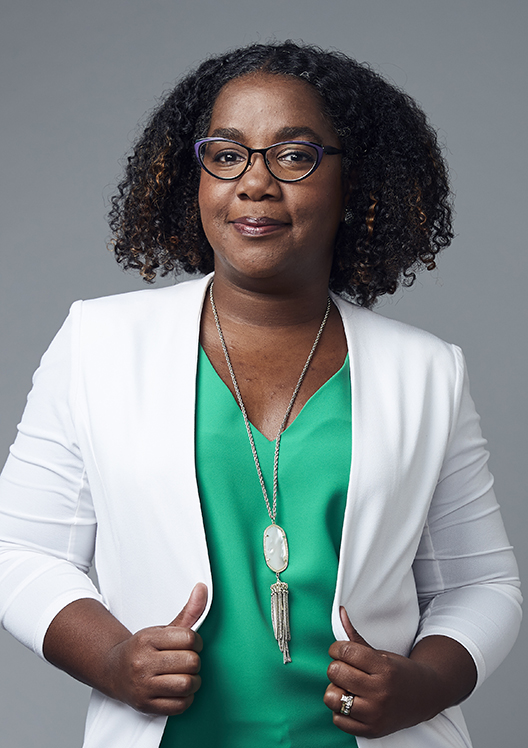
Nicolia Robinson
Leadership
Raleigh, NC
Cooper Carry‘s team and the City of Raleigh engaged the public in a dialogue about the downtown and then proceeded to design a plan during a four-day workshop. During the workshop, the public was invited to participate in the design process. The plan seeks to improve the pedestrian environment of downtown by connecting existing and emerging neighborhoods to Fayetteville Street, further studying the conversion of east/west streets to two-way streets, investigating federal funding, and connecting to the future TTA station with pedestrian linkages. The plan also addresses the convention center by solving lobby access, suggests future expansion to the south, investigates mixed-use and rooftop uses, and develops a strategy for active edges on Cabarrus Street. As a result of this interactive process, Cooper Carry provided landscape architecture and master planning services to reopen Fayetteville Street to vehicular traffic. This important street had been closed to vehicles for many years, and the “Fayetteville Street Renaissance” included initiatives to fill development gaps, re-establish the North Carolina Capitol vista, and develop a grand and active downtown streetscape. Fayetteville Street reopened to huge crowds in summer of 2006.
design services
CLient
City of Raleigh, Downtown Raleigh Alliance
Project Team